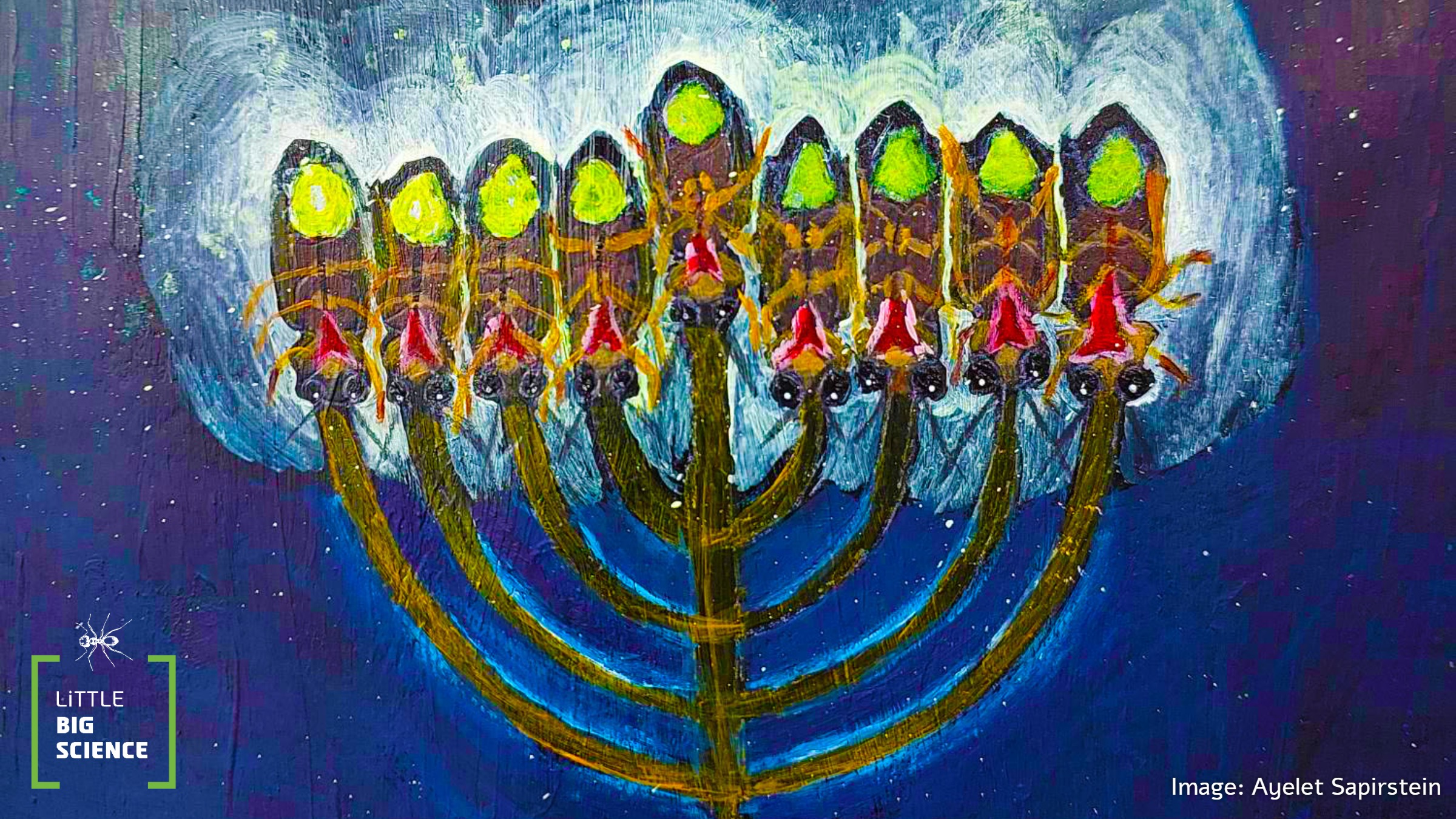
To celebrate Hanukkah, we racked our brains to write you a surprising article. Not dreidels, not candles, but fireflies, ladies and gentlemen! Fireflies!
Advertisement
During Hanukkah we light candles in a menorah and place it prominently on the windowsill, so that it shines for passers-by on the street. The light cast outward, against the dark surroundings, is a means of communication, and some interpret it in a spiritual sense as well. Yet humans are not the only ones who send messages with light. Meet the insects that glow to communicate—fireflies (also called lightning bugs).
Did you know? Fireflies are actually beetles! They belong to the family Lampyridae. The family comprises about 2,000 species, many of which can produce light—a biological phenomenon called bioluminescence.
How do fireflies light up? Fireflies have a special light-emitting organ at the tip of their abdomen. This organ consists of photocytes, above which lies a layer of white cells that reflects light. The exoskeleton (“skin” of the insect) adjacent to the light organ is transparent, so the light is visible from outside. Inside the photocytes is a special enzyme called luciferase. This enzyme, together with oxygen, oxidizes a compound called luciferin in a fascinating biochemical process that ends in a flash of light.
Why do fireflies emit light? Much remains unknown. In this article we will describe several possibilities raised by research:
Intersexual communication
Both sexes, male and female, can control the switching on and off of the “flashlight” at the tip of their abdomen, and it is common to see firefly species displaying different flash patterns (see Figures 1-4, which show both sexes). For example, a male of one species will show a few weak flashes followed by one strong flash lasting about a second; a male of a second species will show the same pattern, but the strong flash will last several seconds; and a male of a third species will emit one continuous, prolonged glow with no flicker at all. Males and females of the same species also have distinct flash patterns that allow them to find each other for mating. In short—when fireflies go on dates we receive a spectacular light show.
In some firefly species the larvae also emit a weak light, even though they are not sexually mature. The reason the larvae glow is still unclear, but the light may serve to deter predators.
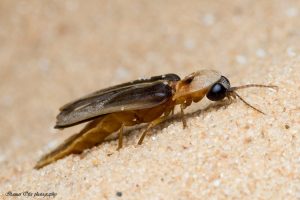
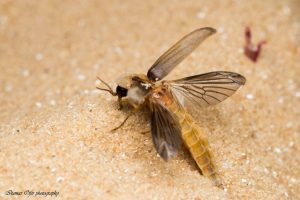
Figure 2: Male firefly (photo: Itamar Ofer)
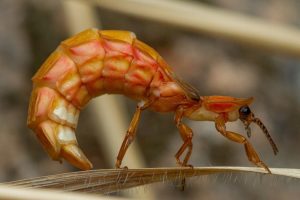
Figure 3: Female firefly (photo: Yakov Salaviz)

Figure 4: Female firefly. Right—photo using a flash photography; left—the firefly’s glow in the dark without using flash photography (photo: Adva Danon)
Predator–prey communication
In South Asia there is one firefly species in which the male follows the familiar flash pattern of females of his own species, but when he finds a “female” he is eaten! The predatory “female” actually belongs to a different species and has learned to mimic the flash pattern of other females to lure tasty males straight into her mouth… That same cunning female uses a different flash pattern to attract males of her own species for mating.
A recent study examined predator-prey communication between fireflies and bats. Here the fireflies employ a different survival tactic—sound, not light. Because fireflies glow in the dark, they are exposed to nocturnal predators. The study found that fireflies from three different genera produce sounds—“clicks”—within the hearing range of bats (sounds humans cannot hear). The clicks are synchronized with flight, so the researchers suspect that the insects use their wings to generate them. The leading hypothesis is that the clicks serve as a warning, deterring bats from eating them.
Adult fireflies (both males and females) feed very little during their lives and devote their time mainly to reproduction. However, firefly larvae are well-known predators of snails and slugs (Figure 5). The larval stage generally lasts longer than the adult stage.

Figure 5: Firefly larva preying on a snail (photo: Oren Auster)
What about Israel? Until recently eight firefly species were known in the country. A new study from the Steinhardt Museum of Natural History, led by Ela Fishman, has happily added six more. In Israel you can see twinkling fireflies after dark in spring and summer, mainly in the Galilee, the Carmel, Samaria, the Jerusalem Hills, Nahal Taninim, the Jezreel Valley, and other areas with moist habitats. Because fireflies depend on such habitats, global warming may harm them, reducing their distribution and potentially leading to their extinction in the not-too-distant future.
So if you love fireflies, especially during Hanukkah when we wish to spread light and goodness in the world, help us protect them and their sensitive, wet habitats.
Regarding these habitats—when you visit a water source in Israel, do not litter and do not enter restricted areas.
To help the young larvae (Figure 6), please do not spray your gardens with chemicals against insects, snails, or slugs.
And one last thing—to aid the adult fireflies and avoid disrupting their reproduction, please turn off outdoor lights around your home after dark. Artificial light that we humans create can confuse fireflies, which have relied on natural darkness for light-based communication for millions of years.
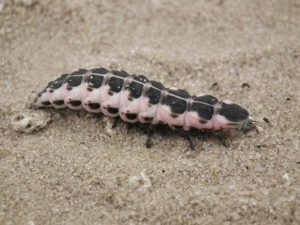
Figure 6: Firefly larva, probably of the species Lampyris nervosa (photo: Ella Fishman)
Special thanks to Ella Fishman and Leonid (Laibale) Friedman of the Steinhardt Museum of Natural History for their assistance in preparing this article.
Hebrew editing: Smadar Raban
English editing: Elee Shimshoni
References:








